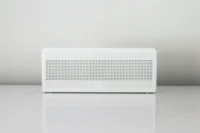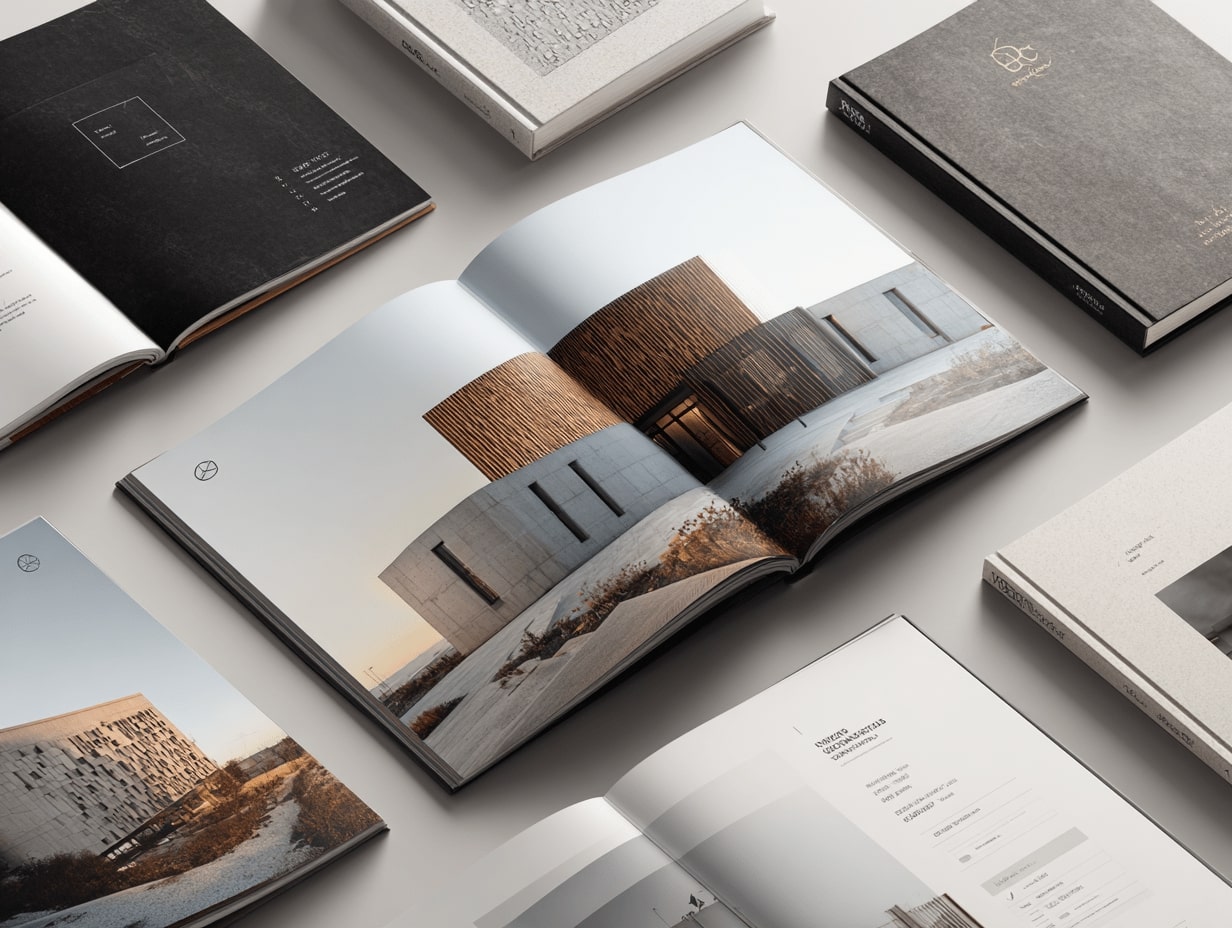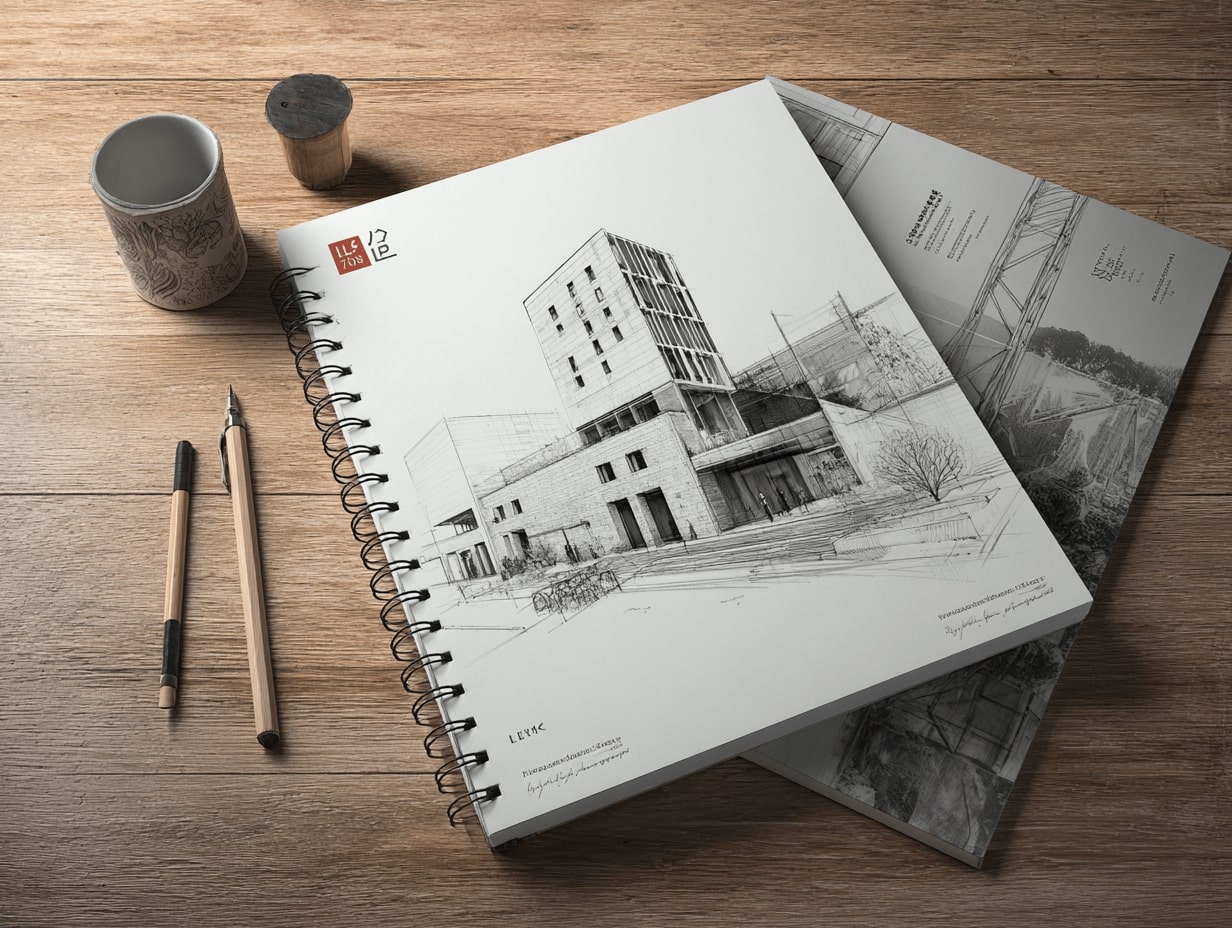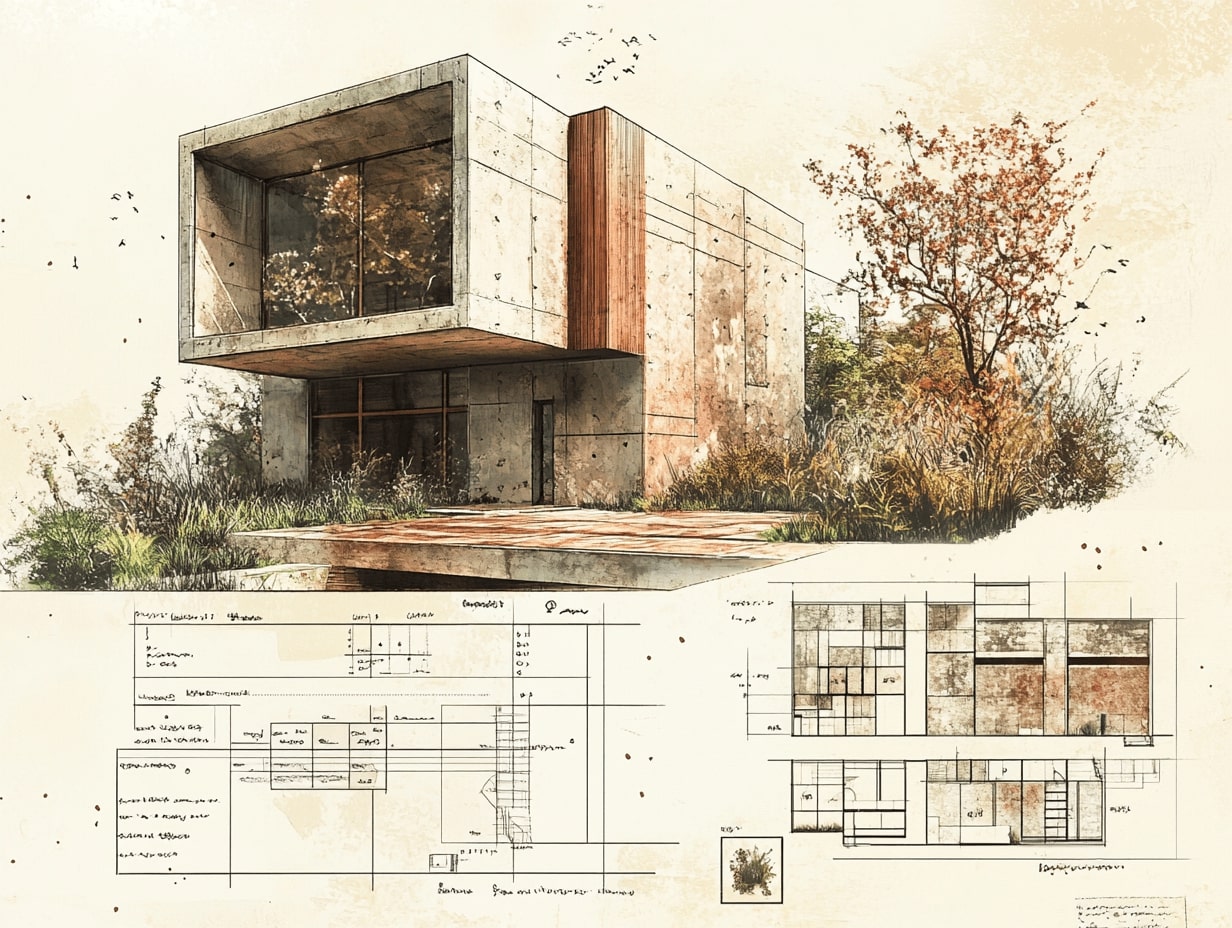- Home
- Articles
- Architectural Portfolio
- Architectral Presentation
- Inspirational Stories
- Architecture News
- Visualization
- BIM Industry
- Facade Design
- Parametric Design
- Career
- Landscape Architecture
- Construction
- Artificial Intelligence
- Sketching
- Design Softwares
- Diagrams
- Writing
- Architectural Tips
- Sustainability
- Courses
- Concept
- Technology
- History & Heritage
- Future of Architecture
- Guides & How-To
- Art & Culture
- Projects
- Interior Design
- Competitions
- Jobs
- Store
- Tools
- More
- Home
- Articles
- Architectural Portfolio
- Architectral Presentation
- Inspirational Stories
- Architecture News
- Visualization
- BIM Industry
- Facade Design
- Parametric Design
- Career
- Landscape Architecture
- Construction
- Artificial Intelligence
- Sketching
- Design Softwares
- Diagrams
- Writing
- Architectural Tips
- Sustainability
- Courses
- Concept
- Technology
- History & Heritage
- Future of Architecture
- Guides & How-To
- Art & Culture
- Projects
- Interior Design
- Competitions
- Jobs
- Store
- Tools
- More
How to Choose the Right Font for an Architectural Portfolio?

Whether you are considering formulating an online or traditional architectural portfolio, you must stay vigilant while making a few choices. The selection of the right font is also one of them. Many people don’t pay much attention to this particular aspect, but overlooking it may work as a counter-effect. You should keep in mind that your architectural portfolio will feature tons of text.
The appearance of your text will set the tone of your entire portfolio, demonstrate your professionalism, and help make your content easily readable. Given this, selecting the right font for your architectural portfolio is essential. However, many people are unaware of a few practical tips for making the right decision.
This article resolves that issue by outlining all the tips you should follow to ensure the selection of the right font style or styles that will become a part of your architectural portfolio. So, let’s start!
Table of Contents
ToggleAlign with Your Style
Everything appears good when it aligns well with your style. Since the architectural portfolio often features geometry and structure, you can match the font with the core theme. While clean and balanced fonts work well with architectural themes, their nature is often the decisive factor. Simply put, you should consider the context, and the selected font must reflect your work’s style and portfolio’s overall aesthetic. Here are some options you should consider:
- If you are looking for modern and minimalist fonts, opting for clean sans-serifs, including Calibri, Futura, or Helvetica, may work well and reflect simplicity and professionalism from your side.
- The nature of the core theme might demand the selection of elegant yet timeless fonts. Serifs, such as Garamond or Baskerville, will demonstrate utter sophistication.
- If you are trying to be creative and experimental, use custom and unique fonts. You can find or generate such typefaces using a free online font generator. Geometric or display fonts are better but use them sparingly to ensure easy readability.

Ensure Clarity and Readability
As mentioned earlier, the typefaces you choose for addition to your architectural portfolio must ensure clarity and easy readability. This is only possible when your chosen fonts are understandable in various sizes. Your portfolio will be seen on digital displays and printed papers.
Hence, ensuring easy readability of its text, even at smaller sizes, including that of technical information and detailed elaboration, is essential. Moreover, don’t try to be over-decorative by using script fonts for the body text. Reading such a text for a layman would be nothing less than a challenge.
Avoid Font Overuse
Whether you turn toward serifs, go with sans-serifs, or come up with custom ones using a font generator, there is no need to add too many typefaces to your architectural portfolio. Sticking to 2 or 3 at max is enough. The formula is simple. Use one for headings, another for the body text, and the last one for highlights. Doing so will help you ensure an impressive visual hierarchy without overwhelming the audience.
There is no need to use too many fonts in your portfolio. It will lead to the creation of cluttered text that will be incomprehensible and hard to follow. You will formulate a jumble of words that will fail to draw the audience’s attention. Additionally, such cluttered text will make your work look unprofessional. Hence, opt for limited typefaces that appear clean and project a neutral aesthetic to drive readers’ focus to your work.
Pair Different Typefaces
Since you may need a combination of multiple typefaces to ensure a visual hierarchy, consider pairing fonts and making thoughtful choices. For instance, pairing sans-serif for headings, serifs for body text, and custom typeface for accents or highlights. Doing so will help you ensure a balanced look. Additionally, you will maintain cohesiveness this way.
Balance and cohesion will help you create a visually appealing design. You should also consider choosing versatile typefaces. Simply put, all the fonts you choose must work well for headings, body text, and other types of content featured in your portfolio. Consider using the selected font in multiple weights and styles to ensure visual hierarchy and emphasis.

Test Your Fonts
Before deciding, consider testing various typefaces to see which works well. A simple yet efficient way to do this is to lay out a few pages and use the fonts you have selected to determine how the paired combination works. You must use the fonts to complement your designs instead of distracting readers from them. This is only possible when you choose typefaces that reflect geometric simplicity.
Doing so will help you demonstrate the balance and structure specific to architectural drawings. Additionally, testing font choices will help you assess the font’s readability at various sizes and on different displays. You will also manage to find combinations that help you ensure clear differentiation between headings, subheadings, body text, and highlights. Fonts with varying weights will also offer flexibility.
In the End
Choosing the perfect font for an architectural portfolio can be tricky, but you must follow some tips and tricks to make the right decision. Aligning typefaces with the core theme of your portfolio and avoiding overuse of fonts is the key. Additionally, multiple other considerations should be made before opting for a specific typeface or font pairing. This article outlines all of them in detail. Hopefully, you will get multiple takeaways and consider them to ensure an exceptional portfolio!
illustrarch is your daily dose of architecture. Leading community designed for all lovers of illustration and #drawing.
Submit your architectural projects
Follow these steps for submission your project. Submission FormLatest Posts
Digital Marketing: The New Portfolio for Showcasing Skills and Attracting Opportunities
Discover how digital marketing has revolutionized the traditional portfolio in today's fast-paced...
Essential Tips for a Good Architecture Portfolio to Impress Employers and Clients
Unlock your architectural potential with our essential tips for crafting a standout...
How to Stage a House for an Architectural Portfolio Shoot
A house might look beautiful in person, but through a lens? That’s...
The Process Behind a Successful Architecture Portfolio: Tips for Design and Presentation
Discover the art and strategy behind building a standout architecture portfolio. Learn...












Leave a comment